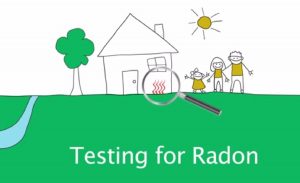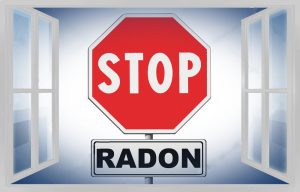Next to smoking, indoor radon exposure is the second leading cause of cancer in the United States. If your home has a radon level of 4 pCi/L or higher, it needs to undergo radon mitigation.
Here’s how you can do it.
Choose a Qualified Contractor
Mitigating radon requires technical knowledge and skills. Additionally, you’ll need the right equipment to lower your radon levels effectively.
Without the proper skills and equipment, you could do more harm than good. For instance, you could accidentally increase your home’s radon level instead of reducing it. Additionally, your DIY effort might result in situations that are more hazardous.
When looking for a contractor, make sure to check with the radon office of your state. You’ll find a list of certified radon technicians who are qualified to do the work for you. It’s also best to ask for proof of state certification and liability insurance. Additionally, ask for a guarantee that radon levels will be below 4 pCi/L after radon mitigation and for how long it will stay at that level. This way, you’ll have an idea when to get your home tested for radon again.
Consider Your Home’s Foundation Design
The first thing to consider when it comes to radon remediation is the type of foundation you have. Once you know your home’s foundation design, you’d be able to choose the best radon reduction technique and system to use.
- Crawlspace – This design features an unfinished and shallow space just below your first floor.
- Slab-On-Grade or Basement – With this foundation design, concrete has been poured over the ground level.
Some homes may have a crawlspace and a basement. In this case, multiple techniques may be used for mitigating radon.
Choose a Radon Reduction System
Apart from the foundation design, some factors to consider when choosing a radon reduction system are:
- Initial radon level of your home
- Cost to install
- Cost to maintain
There are many ways to reduce radon in your home and prevent it from accumulation in your home. According to EPA, it’s best to choose techniques that don’t just reduce radon levels, but prevent radon from entering your home too. Soil suction, for instance, vents radon out of your home from below the property through vent pipes.
Improve your home’s indoor air quality and stop worrying about your radon levels. Atlantic Radon offers radon inspection and mitigation. Our qualified technicians are certified by the National Radon Proficiency Program.
Request an estimate for radon mitigation or call us at 240-500-0259 for more information on our services.




